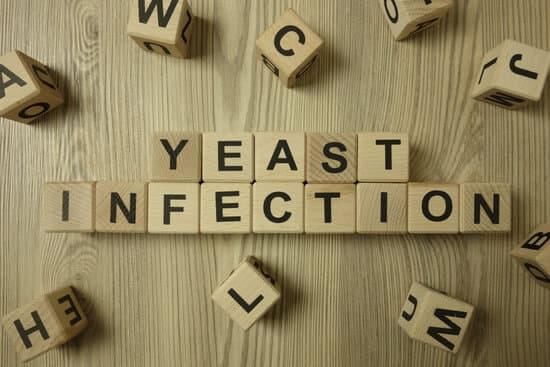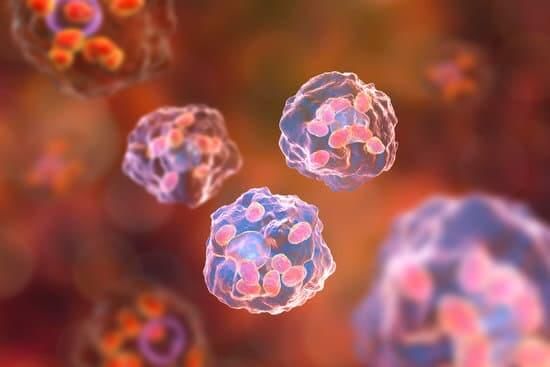Signs of Yeast Infection - A Detailed explanation by Dr Sujit Shanshanwal
Yeast infection is one of the most common fungal diseases faced by men. Dr. Sujit explains why this happens and what fungal treatments are available.

Yeast infection is when there is a fungal infection in the body. The most common kind of yeast infection is by the fungus Candida. There are over 100 different species of candida that have been identified. Candida is usually present on the skin and even in the oral cavity or intestinal tract under normal circumstances and this is what we call as a part of the normal microbiological flora. However, when the balance of the microbiological flora is disturbed and the organism count is increased significantly it results in symptoms due to the burdening of the infection.

Where can fungal infections happen in the body?
The candida fungus can cause an infection on the skin or on the mucus surface or even in the internal organs. As a dermatologist, the most common sites of the infection I have seen are on the skin folds where there is moisture and sweat accumulation like the groin fold, armpit, or finger and toe web spaces; and it is also commonly seen in the oral cavity on the buccal mucosa or the tongue and also on the mucous membrane of both male and female genitalia.
Why do people get fungal infections?
The fungus may cause an infection if it gets the opportunity to multiply which is often seen due to poor hygiene or exposure to hot and humid weather or due to usage of restrictive clothing which causes moisture accumulation on the skin surface. As the fungus is known to be present even under normal circumstances, the growth of the organism may accelerate if there is a compromise in the immune system. This may happen because of certain immunosuppressive topical or systemic medications, or it can also be seen due to coexistent immunosuppressive disorders. The yeast infection is also commonly seen in people who are overweight in which there is more constant moisture accumulation in the skin folds. It is also seen in people with diabetes if their sugar is not adequately controlled. In some patients, it may also be seen as an occupational hazard if their work environment involves their exposure to moisture for a prolonged duration.

Signs and Symptoms of yeast infections
1. Itching and irritation – the patient may experience itching or irritation on the skin in the presence of the infection.
2. Red rashes – patiently notice reddish rash along with a white there development on the surface in the area of the infection.
3. Body folds rashes – the presence of such rashes between the finger spaces or the two spaces and other body folds like armpit, groin or waist is commonly seen
4. Oral cavity patches – thickened reddish whitish patches may be seen over the tongue or over the bubccal mucosa inside the oral cavity
5. Genital infection – females may experience white discharge from the vagina area along with itching whereas males they may experience white patches and red areas over the penis and also cuts over the foreskin tip.
A patient experiencing the symptoms should seek the opinion of an expert dermatologist for proper diagnosis and assessment of the problem. The pattern and distribution of the rash along with the presence of erythema or maceration will guide the dermatologist to clinch to a diagnosis. Another key feature that is often seen is the presence of satellite lesions at the margins of the affected areas.
How will a fungal infection be diagnosed?
A scraping from the affected area can be taken and assessed on a KOH mount which will show the presence of pseudohyphae under the microscope. Also a sample of the affected area can be sent for fungal culture along with the drug sensitivity if required. This would be a confirmatory test for the assessment of the problem. Differential Diagnosis- In the body folds certain other conditions may also mimic the presentation like inverse psoriasis, gram-negative infection or erythrasma, jaquet’s irritant contact dermatitis

Treatment for yeast infections
The affected area should be kept dry and avoid excess moisture accumulation. Antifungal treatment would be needed to adequately control the infection and based on the extent and severity the choice and those of the systemic, as well as topical antifungal, would vary. The various systematic antifungals that have been used for used infection are amphotericin B , itraconazole, ketoconazole. Creams containing miconazole, sertaconazole, eberconazole, luliconazole, ketoconazole may be used for treatment.

